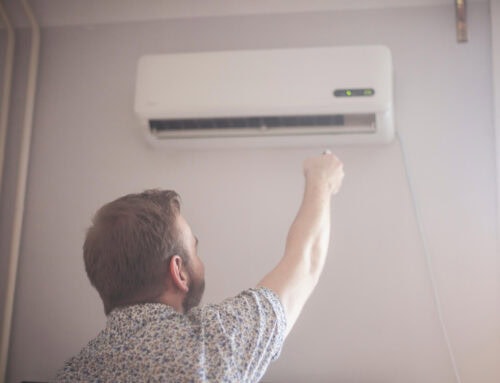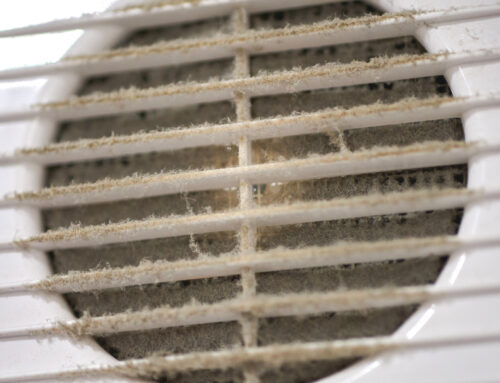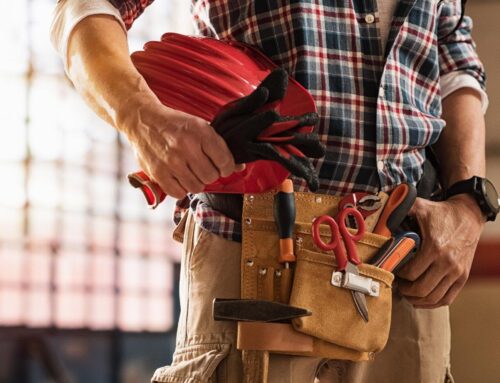Is your home starting to feel stuffy?
Indoor air pollutants are often 2-5 times higher than levels outdoors. So, if you’re worried about the quality of air inside your home, you’re right to be. But how can to reduce indoor air pollution? Is it even possible?
Don’t despair! Keep reading our guide for 3 things you can do to improve indoor air quality.
1. Change the Filter in Your AC
Your AC/HVAC system is always working to keep your home at a comfortable temperature. As they cycle that air, they’re also filtering out the common air pollutants including airborne viruses.
They’re not magic though, and over time the filters will fill up with dirt and debris. Once this happens, not only do they stop filtering the current dirt can filter back into your air.
Obviously, this will then further contribute to poor indoor air quality. It also puts pressure on your unit and can cause damage needing costly repairs.
Make sure you change your HVAC filters as per the manufacturer’s instructions. Or if you don’t want to do it yourself, sign up with an HVAC maintenance plan.
A professional will service your unit, which includes cleaning and changing the filters. This is especially important if you or anyone in your family suffers allergies. Or you’re in an urban area that already has high pollution levels.
2. Use Nature to Help Clean Your Air
There are many houseplants out there that will help clean your indoor air. It’s what plants do, after all, they’re nature’s air filters. They take in pollutants like carbon dioxide and breathe out oxygen.
Here are some great indoor plants to consider:
- Aloe Plant: Aloe looks great and is easy to look after. It also helps with soothing cuts, burns, and other skin irritation. The leaves will also display brown spots if harmful pollutants get too high.
- Rubber Tree: These plants thrive where lighting is poor and conditions are cooler. They don’t need much care and are efficient and cleaning the air.
- Snake Plant: The benefit of this plant is it releases oxygen through the night. Most plants only do this during daylight hours. It also doesn’t need much light or watering.
- Bamboo Palm: It’s got a great aesthetic and made it onto NASA’s list of best purifying plants. It’s especially effective at getting rid of trichloroethylene and benzene.
The only consideration to bear in mind is if you have pets in the household. Many plants are toxic to cats and dogs and can cause them severe illness or even be fatal. But there are still plenty of pet-friendly houseplants that purify indoor air.
3. Control the Humidity
Moist, humid conditions are a breeding ground for mildew and harmful molds. Some types of mold come with health risks so it’s important they don’t set in. Depending on where you live, the summer could bring the worst humid conditions.
Reduce how much moisture is in the air where possible with proper ventilation. You can also bring in dehumidifiers to help control humidity levels. This will help curb mold growth if it’s started or prevent it from growing in the first place.
There are a variety of dehumidifiers on the market to suit all budgets. They will help maintain long-term humidity levels in your home, keeping it comfortable.
Improve Indoor Air Quality the Easy Way
So, there you have it! It only takes a few simple changes to improve indoor air quality and have you breathing fresh air again.
The most important part is keeping your HVAC unit in top condition, and doing so is easy with the help of a professional maintenance plan. If you’re looking for just that, contact us today. At Sewell Electric & HVAC we have the skills and knowledge to suit all your HVAC needs.






